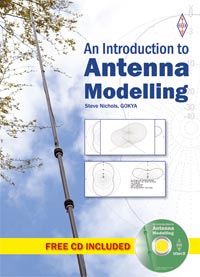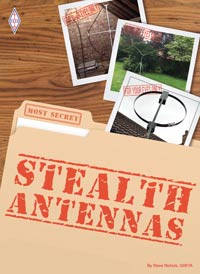
Solar conditions continue to be fairly poor. As I write this on 1 July there is a solitary sunspot (number 1084) which has pushed the solar flux up to 75, but this is nothing special. Strong southward-Bz-pointing solar winds are also causing the K index to rise at times causing havoc.
The sunspot number is currently 11. This doesn't mean there are 11 sunspots – you get 10 for each group and one for each sunspot. So one sunspot in one group (naturally) leads to 10+1 =11.
Some people have suggested that the bands are improving, but I think they are confusing Sporadic E (Es) openings with F layer. This seasonal effect is opening up 20-10m and even 6m and 2m with good, strong openings up to 1,300 miles.
Multi-hop Es is stretching this even further, but we are not seeing an improvement in F layer propagation and Es will be less prevalent as the summer wears on.
Mid-to-late September will be the acid test – and with flux levels in the 70s we are not going to see many trans-Atlantic openings on 10m. Sorry!
In summer, Daytime MUFs are likely to be lower than those of winter. But night-time MUFs may be higher in summer than those in winter, so check 14MHz after dark for some nice surprises. Greyline around sunrise in summer can also be good – Peter M0RYB worked Hawaii on CW using a vertical half wave dipole for 20m that he is testing the other week.
Now let's look at each band and what you can expect.
On 160m (1.8MHz or Top Band), high levels of static and solar absorption mean that the band will not really support sky-wave contacts during the day. During darkness, short-skip openings may occur, but DX may be a rarity. Occasional openings can occur during the hours of darkness, especially around local midnight/early hours.
80m (3.5MHz) will generally follow the characteristics of Top Band with high levels of static, but will also provide good openings out to around 250 miles during the day. Absorption will grow to a maximum at midday for inter-G contacts. DX capabilities will be poor to fair during the hours of darkness.
40m (7MHz) will suffer from high static caused by high numbers of thunderstorms. Nevertheless, night-time openings should be reliable from sunset to sunrise. Local daytime openings will be possible on the whole. Night-time skip distances are likely to be between 500 and 2,300 miles.
20m (14MHz) is still likely to be the best DX band between sunrise and sunset, although the band will be noisier than the winter period and not as reliable for long-haul contacts. The higher MUFs at night mean that 20m may remain open during the evening to DX. Short skip may also be possible due to summer sporadic-E.
17m/15m (18MHz/21MHz) should provide a fair number of DX openings during daylight hours, especially to the southern hemisphere. Once again, 15m may struggle to open at times. Both bands are likely to close after sunset. Sporadic-E will provide good short-skip openings, predominantly in the May-June period.
12m/10m (24MHz/28MHz) are likely to be disappointing bands apart from Sporadic-E openings that will provide regular openings out to around 1,300 miles. Multi-hop sporadic-E openings are possible, providing relatively good, but short-lived paths to DX beyond this range. A typical multi-hop opening might provide brief contacts with the Middle East or USA, although they would be very hard to predict.
You can find HF short-path propagation prediction charts from the UK at:
http://www.infotechcomms.co.uk/propcharts/
You can also listen to Steve G0KYA's HF propagation podcast on iTunes or at http://www.g0kya.blogspot.com/
Steve G0KYA
RSGB Propagation Studies Committee












